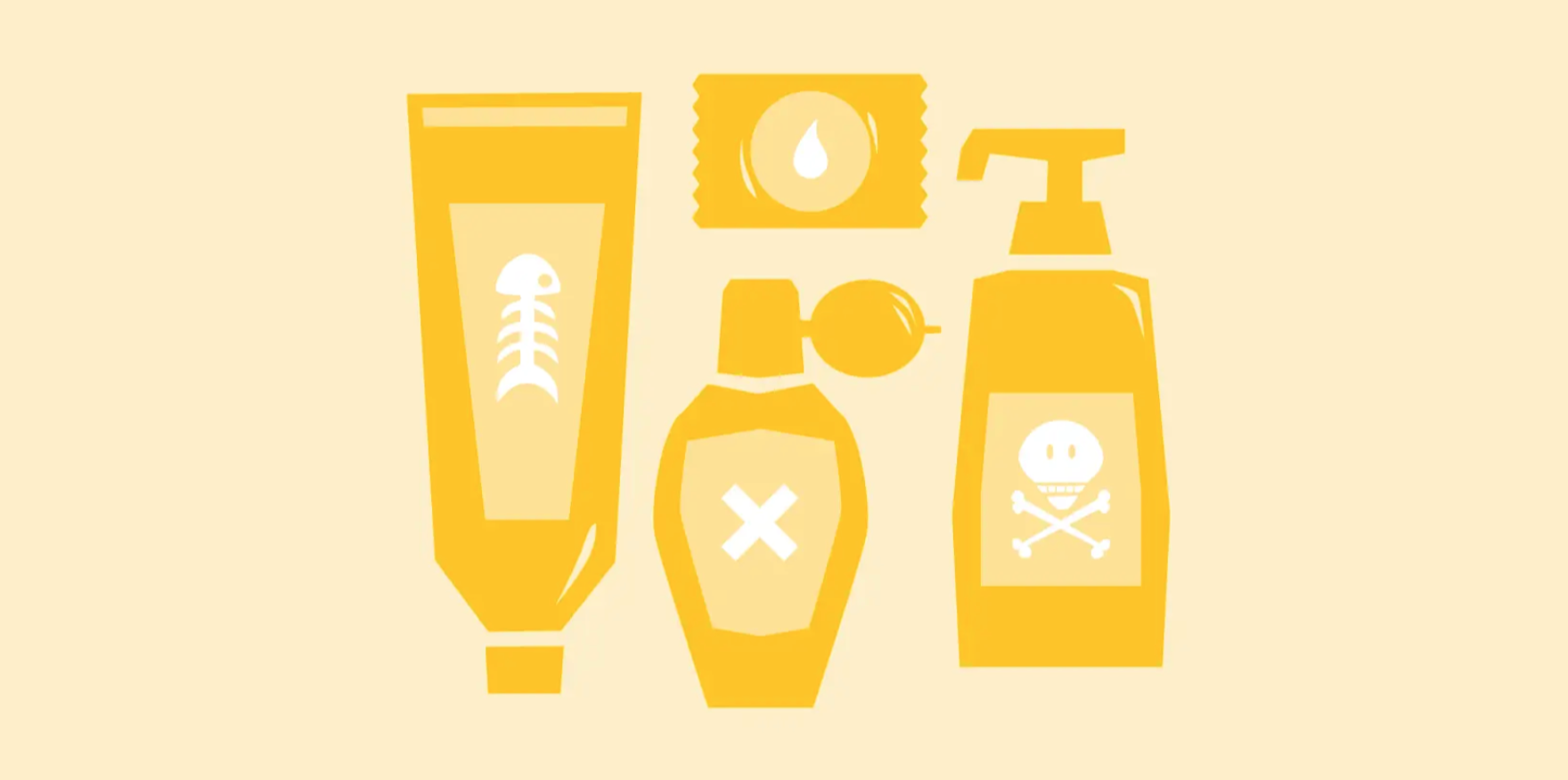Ditch the Synthetics: Red and Green Flags in Your Skincare Ingredients
“Your skincare products are nutrition for the skin,” says Cathey Painter, a Los Angeles traditional Naturopath. “Whatever you put on your skin immediately starts to get into your bloodstream.”
The skin is the largest organ of the body according to the American Academy of Dermatology, with an abundance of vital physiological functions like recognizing pain and various sensations, withstanding trauma and pressure, protecting the body from external environments such as pollution, radiation, and sunlight, the list goes on.
Source: Professional Beauty
So, when chemicals with synthetic traces such as phthalates, parabens, aluminum salts, and petroleum come knocking, say goodbye to your natural sebum production and hello to stripped skin and stubborn pimples!
We often think harsh chemicals make for a hasty blemish recovery process. The truth is, it isn’t—it’s planted.
“The body does not like synthetic. Your liver has a hard time processing it,” Painter says. “You want to avoid propylene glycol and mineral oil, which are bi-products of petroleum production. Poly sorbate 80 is a toxic ingredient preservative.”
How to Read an Ingredient List | Skin Care 201
Karly Herrick is a Media Science major at Boston University with an environmentalist upbringing that valued Eastern and Western medicine.
If Herrick’s conscious upbringing has taught her anything, it is hypervigilance when entertaining the idea of which skin products do and do not have the consumer’s best interest at heart.
“There are serious health effects related to many of the ingredients we find in personal care products, including skincare,” she says. “Parabens are key ingredients that lead to tumor growth due to cell division. Product packaging can also have an adverse effect on our hormones and endocrine system.”
Source: Amy Myers MD
What can be done? Rest assured, neither your wallet nor the composite of your largest organ need be destroyed in the process of achieving lasting and obvious results.
Painter’s green flag ingredient roster includes jojoba oil, shea butter, and coconut oil for their anti-bacterial, anti-viral, and anti-fungal properties.
“If you look at an ingredient and you don’t recognize it as something you can eat, you want to avoid it,” she says.
As a traditional Naturopath, Painter teaches about the practice of essential oils, notably by the brand, doTerra as natural healing remedies derived from seeds, roots, stems, flowers, and barks. It is true these oils battle your gnarliest of migraines when dabbed on the temple or bottom of the foot, they smell amazing in a diffuser, and can bring you the soundest of sleeps when sprayed near your bed linens.
Source: Hello Clue
But did you know these oils can also take out that pimple? You know, the one that has its own pulse and down payment on your forehead.
“When using directly on your skin, you have to dilute it with a little coconut oil,” she suggests. “Lavender is very soothing for acne.” Painter recommends applying it as a spot treatment directly onto the pimple.
Then, Painter shares something that might as well be the new fountain of youth—Pau D’Arco tea from shavings of Tabebuia Impetiginosa tree bark. Imported from Brazil, this is the only tree species in the world that does not produce fungus.
“When you drink this tea, you lower inflammation and get rid of the fungus in your body,” Painter affirms. “A lot of people drink this for cancer, but also for beautiful skin. It improves the oxygen levels and circulation in your blood, making your skin look younger.”
Source: Taheebo
Herrick’s first exposure to consciously sourced skincare ingredients was from her mother, a registered nurse.
“When she owned her skincare practice, she only used naturally derived products, something uncommon in the early 2000s. I remember she used to carry a pumpkin-based facial peel that was sourced from one lady up the coast of California,” she says.
Herrick, who has sensitive and eczema-prone skin, found that when using harsh products would get flare-ups.
“Try simply eliminating plastic packaging at first and then start cutting down on fragranced products. Little steps make a big difference in your health,” she leaves us with.
Think of the epidermis as that pretty label you see on a skincare bottle. Now imagine that label melting off when you hit the bottle with a blow torch. Synthetics posing as anti-aging and pimple-zapping ingredients do no different. And nothing is worse than coping with the itchy, bright red, painful side effects of what is now money wasted on a product.
The use of plants in skincare dates back to the very beginning. The future of skincare is sustainable. The first step toward that future is to read the ingredients on the bottle.




